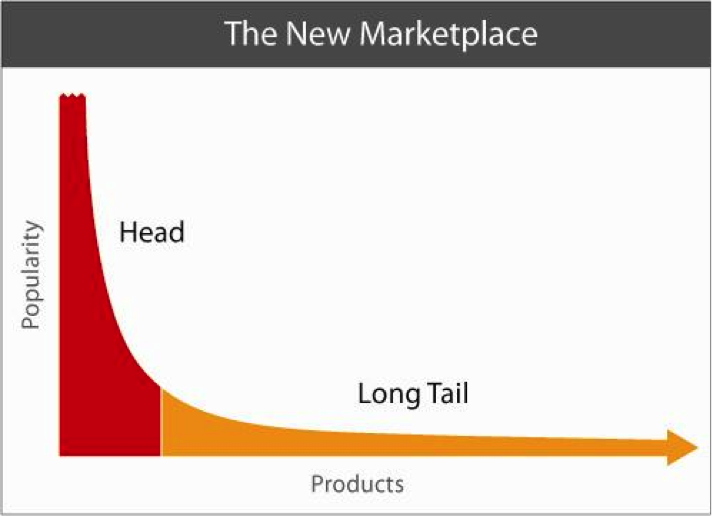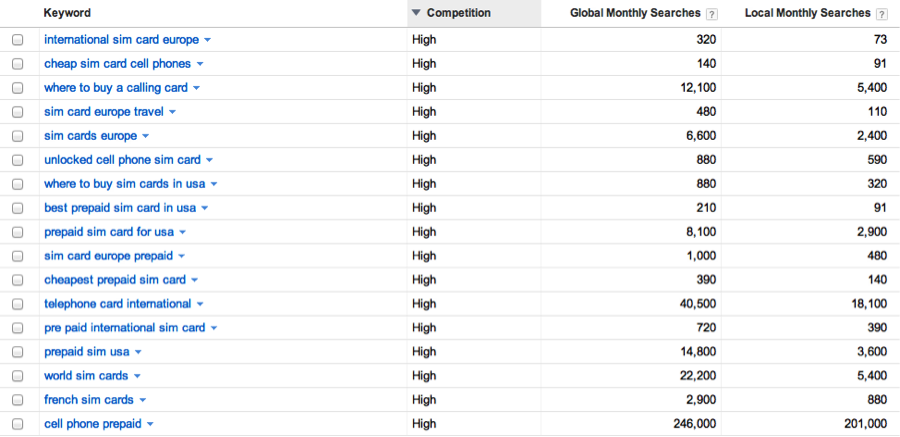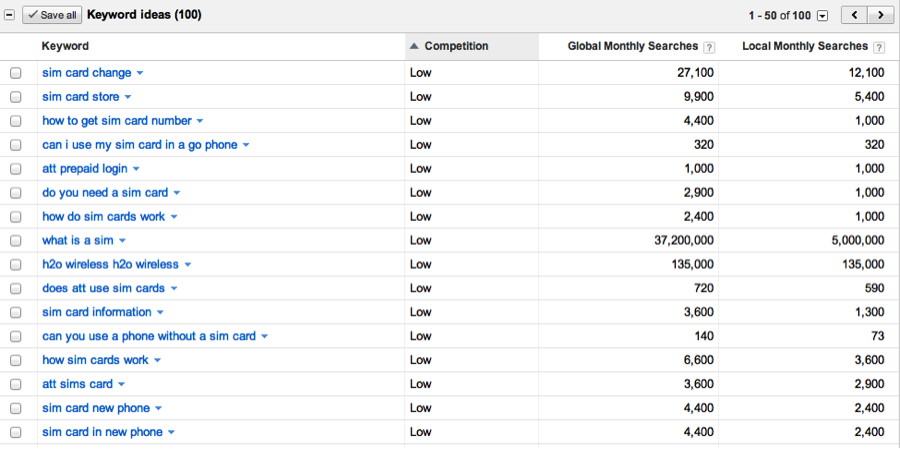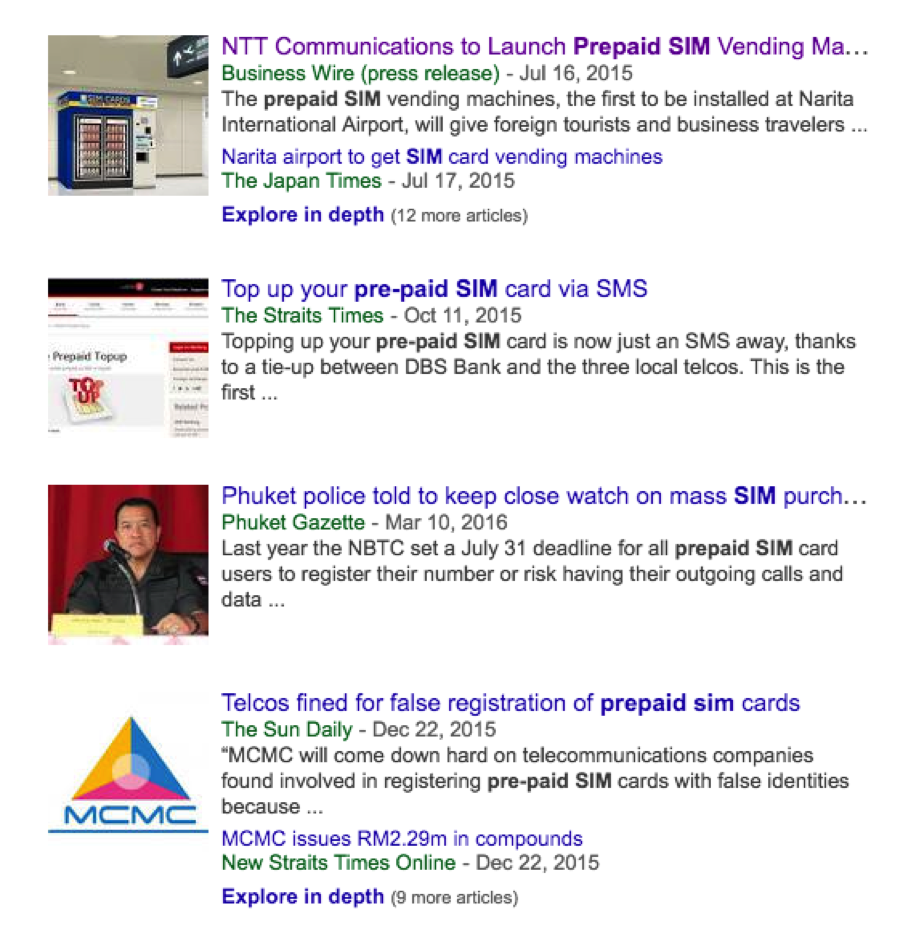How to Write an SEO Press Release That Performs Well
An SEO press release often ranks well quickly for reputation management purposes but sometimes fades with time as the timeliness of the release fades. A well-structured, compelling press release that is naturally shared and talked about can serve your purposes well.
What’s in this article
- If you want differentiated coverage, release the information a few hours or a day ahead to a few trusted journalists. Then release the press release the next day to everyone. This gives you a better chance of getting an exclusive with deeper coverage.
- Know your keywords. Place the name of the brand in the headline of the press release.
- Know the important parts of a press release.
- Place your brand name in the HTML Title of the press release, but make it different than the headline.
- Put variations, if any, along with the name of your brand, in the body of the press release.
- Link from the press release to the relevant sub-page on your website, not the home page.
Stepped Press Coverage
You don’t always need to send out the same press release widely. If you do, Google and Bing will essentially ignore most of the syndicated duplicate versions. If you want to gain wider appeal, create different versions of the same story and release them in different places.
Use Search Phrases Your Audience Does
First, know your keywords. People in one industry may use different terms than another. The keyword is what people will be entering into a search engine to solve whatever problem they are experiencing. You’ll need to have primary and secondary keywords (or key phrases). The keyword/search phrase needs to be topically relevant between both the press release and the site the press release will eventually link to.
Primary Key Phrases
This is your main key phrase. Whether it’s your brand name, a product, or a service, this is your number one key phrase. It will be placed differently than other less significant key phrases. The main key phrase might be very competitive, like “prepaid SIM” or something slightly less competitive (long-tail) like ‘prepaid China SIM card’. The second key phrase is less competitive because it is more specific.
Choosing key phrases deserves a book of its own, but we won’t go into a lot of detail here. Let’s assume you know what your primary key phrase will be.
Secondary or Long-tail Key Phrases
Chris Anderson wrote a book called The Long Tail, arguing that successful commerce lies in less known, more obscure products, of which less sell but for which more people search. The Long Tail concept applies to key phrases as well. Less commonly used Long Tail key phrases are not as competitive as primary key phrases, but there are a lot of them, and together they can generate more total searches than your general, highly competitive terms. Here’s an example of how the Long Tail works as related to products.

Note that the competition is HIGH for all of the above. There are a lot of sites competing for these key phrases. However, when you sort by Competition, you can also view the LOW competition similar key phrases, it might look something like this:
So while your primary key phrase may be a brand name, or a competitive product or service, your secondary key phrases can be Long Tail; in other words, LESS searched, and fairly easy to weave into the body of your press release. These Long Tail or secondary key phrases can have overlapping words with your primary key phrase, or be semantically similar.
Important Parts of an SEO Ppress Release
There are five parts:
1.The Brand Name in the Title (Title Tag)
Have you noticed how search results for a brand usually include the brand name in the title?
That’s because it is a strong signal to search engines that the content is about the brand. So, include the primary key phrase in the title of your SEO press release. If possible, the words should be towards the beginning of the title. Keep it around eight words if possible. This is where you want to place your primary key phrase or a semantically similar version of it.
When your press release shows up online, the Title will be inserted into the Title bar of the web browser as the ‘Title tag.” Your press release will be converted to HTML (so browsers can read it) when it is put online (you don’t have to do it, it happens automatically). The HTML tag ‘Title” is the tag that tells search engines what your press release is about. If you are curious, the HTML looks like this to a browser:
<head>
<title>Example Title | Brand Name</title>
</head>
Again, you don’t need to format it that way because it will be done automatically for you by the press release distribution company. But you should know that the title of your press release should have your primary key phrase in it because it will become the Title tag when it makes its way online. The Title tag is the most important tag for search engine optimization. It is the first place search engines look when trying to figure out what your press release is about.
2. The Quick Summary
The summary should have your primary key phrase in it, as well as one or two secondary key phrases. If it sounds contrived having too many key phrases in it, default to only one. If the key phrase still doesn’t read right, you can adjust it slightly. Search engines are smart, so they will know what you mean. But try to keep it as close to the original key phrase as possible.
3. Body of the SEO press release
Write the body of your press release. Place your primary key phrase in the first sentence, if you can. If not, then place it soon after. You’ll be weaving key phrases into your document in a balanced way, but don’t ‘spam’ the press release. Spamming is also known as ‘keyword stuffing’ and it’s a practice search engines frown upon, and that can diminish the strength of your release – so go for keyword balance and make it natural.
There is both science and art to writing a good SEO press release. On the one hand, you are writing the press release for people, so it needs to be written so that it reads naturally. On the other hand, few may see it if the search engines aren’t impressed, so you are writing for the ‘Google Bot’ as well. Finding that perfect balance between writing for people and machines is what separates the talented from everyone else.
The illustration below shows Google News search results for the search term “prepaid SIM”, but the same general results also come up for “prepaid sim card” or “pre-paid SIM” and similar terms.
Embedded links
The above-referenced press release has a link embedded in it. The link points to this destination: http://www.ntt-bp.net/jcfw/en.html which is no longer live.
Tests show that links higher in body copy perform better than links further down. In this case, the link could be higher, but at least it’s there. As a rule of thumb, place three or fewer links in a press release.
This press release is pushing “authority” to the website http://www.ntt-bp.net/jcfw/en.html that enhances the relevance of the ntt-bp.net site for the search term “prepaid SIM” and other terms contained in the press release.
The link is also directing traffic to their site that has clear “user intent” to Google. For example, Google knows what the press release is about because it has read the text. It also knows what the ntt-pb.net site is about because it’s read that site as well (in both English and Japanese). There is a clear topical link between the two that is enhanced by the link between the press release and the web page. Each link is a “vote” and links from topically relevant pages like the press release have far more voting power than a link from a bakery or non-topically relevant site would.
5. About the company or brand
This is the third-person summary of the company: a good place to put a relevant secondary key phrase.
While the press release probably already has information about the company sprinkled throughout, the next to the last area is specifically for the company. For example, if the press release is about the launch of a new brand, then the company launching the brand should have its day in the sun too. This area is where you place that information.
Most companies build a link to their home page, but SEO press releases are a good place to build deep links. Deep links are links to pages other than your home page you want to drive people. to.
6. Press contact
Press releases have an area, usually at the bottom, for journalists and bloggers to contact the company. The press contact area is where you put that.
Why Press Releases Are Fleeting
In the SEO world, press releases are often considered fleeting things. They’re about news, and news ages quickly. Search engines know this and tend to push a good press release up in search results.
If people click on it and read it, the release will have more longevity. The art and science of writing a good SEO press release come into play here: it has to be noticed by search engines to be read by people. At the same time, it needs to be compelling enough that people will not just click on it and then click away.
Ideally, you want people to stay and read the press release for at least a minute or two before clicking on a link in it, or worse – going back to Google, Yahoo, or Bing and doing another search. When people spend time consuming your content its called “dwell time”. When people dwell for a while it is a signal to search engines that the content is worthy.
So write a good, compelling release, but keep our robotic search engine friends well fed, too.
SEO Press Release FAQs
How do I determine the best keywords for a press release?
Use search phrases that people will naturally use to find a brand like yours. The keyword is what people will be entering into a search engine to solve whatever problem they are experiencing.
What are the main components of a press release?
Every press release must have a title, summary, body copy, about the company section, and a press contact. Your keywords should be present throughout the press release.
How do I write an effective press release?
Your press release must be written for both people and search engines. It must be noticed by search engines and compelling enough that people stay and read the press release for at least a minute or two.
Long tail image source: Chris Anderson, Longtail.com.
Tags: Reputation Marketing, SEO.



